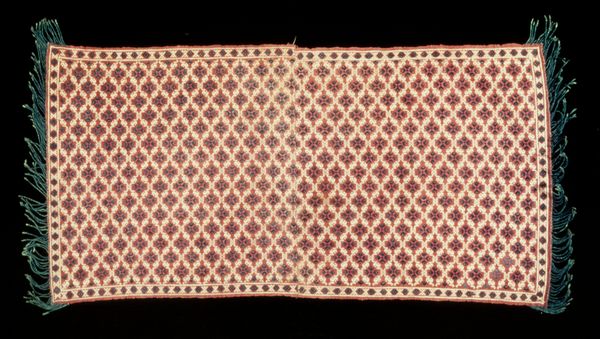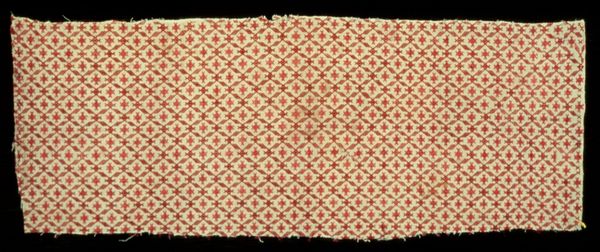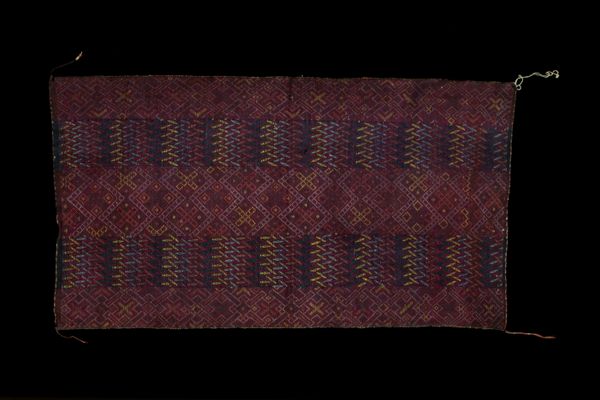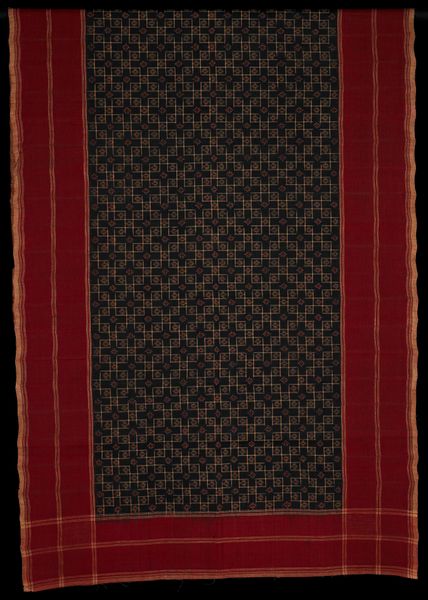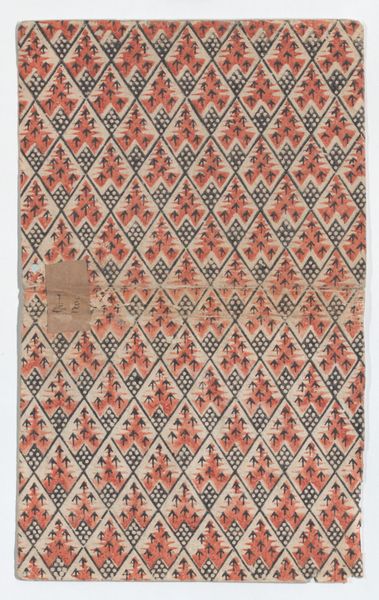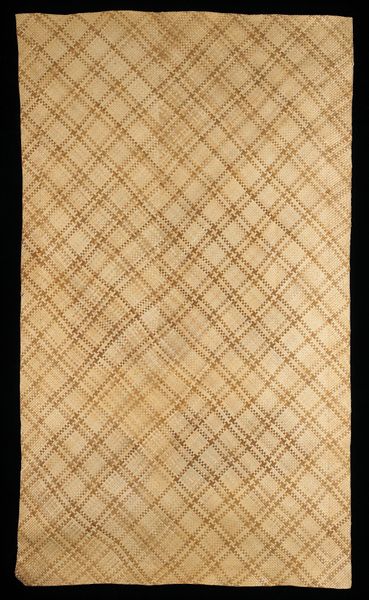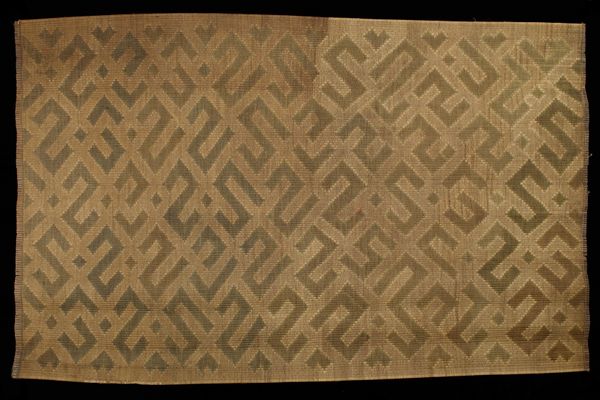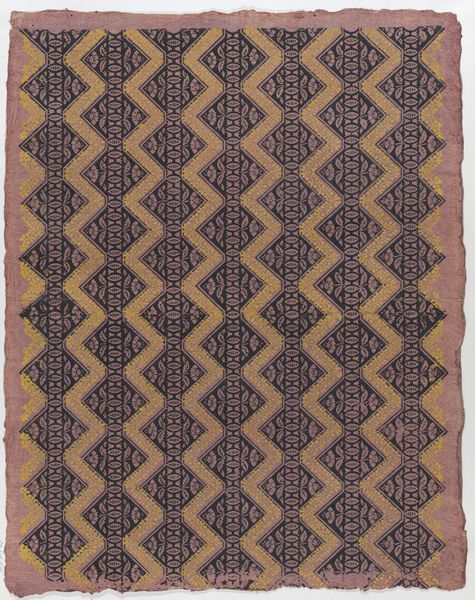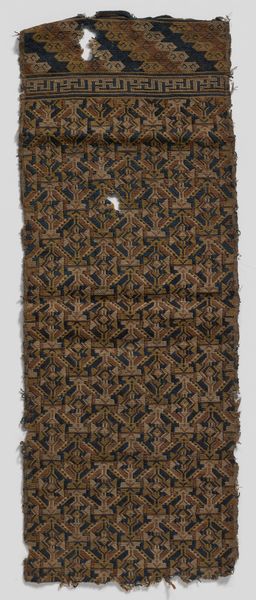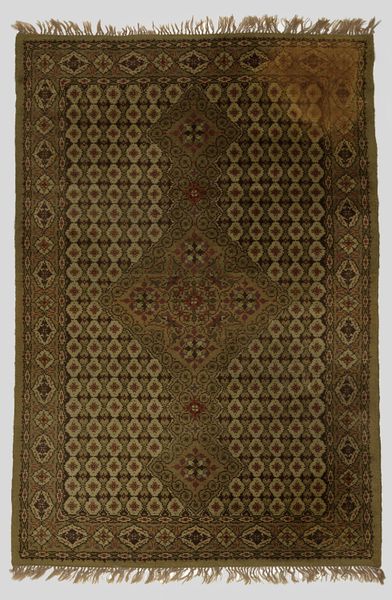
textile
#
textile
#
geometric pattern
#
geometric
Dimensions: 94 3/8 x 41 1/2 in. (239.71 x 105.41 cm)
Copyright: Public Domain
Editor: Here we have a Batik Panel, estimated to be from the 20th century. It's a textile made of cotton and features intricate geometric patterns. Looking at the texture and detailed designs makes me curious. What kind of role would this have played in its original setting? Curator: That’s a perceptive question. Given its context within the Pattern and Decoration movement and its likely function in Indonesian culture, it raises interesting questions about art, craft, and value. Historically, textiles like these weren’t just decorative; they were potent symbols of social status, ritual, and identity. Editor: Identity, how so? Curator: Well, batik designs often carried specific meanings, reflecting a person's family, region, or social standing. The geometric motifs weren’t just aesthetically pleasing; they conveyed complex narratives and cultural values within their community. Think of them as visual stories passed down through generations, a form of communication deeply embedded in everyday life. What I find fascinating is how this textile finds itself now displayed in a museum. What meaning does it carry now, divorced from its original cultural context? Editor: That's really interesting! It makes me think about how displaying cultural objects can both preserve and possibly alter their intended function or message. Is it honoring or appropriating? Curator: Exactly. The institutional framing shapes our understanding. Museums influence which narratives are prioritized and how these objects are perceived. It's a powerful position. Do you think the label accompanying it in the Minneapolis Institute of Art sufficiently explains these issues? Editor: I didn’t think about the labeling! Maybe not. I now have a different perspective on these pieces; considering how they navigate from their communities to museums and galleries sheds more light on the artistic significance. Thank you. Curator: Absolutely! That shift in perspective is exactly why these conversations are important.
Comments
No comments
Be the first to comment and join the conversation on the ultimate creative platform.

